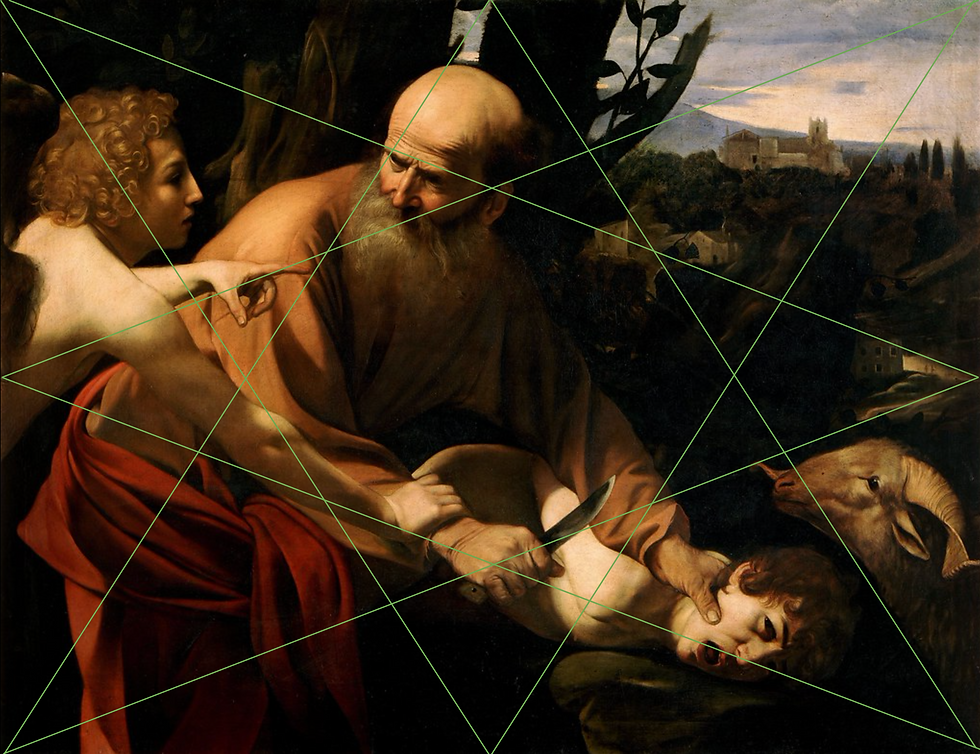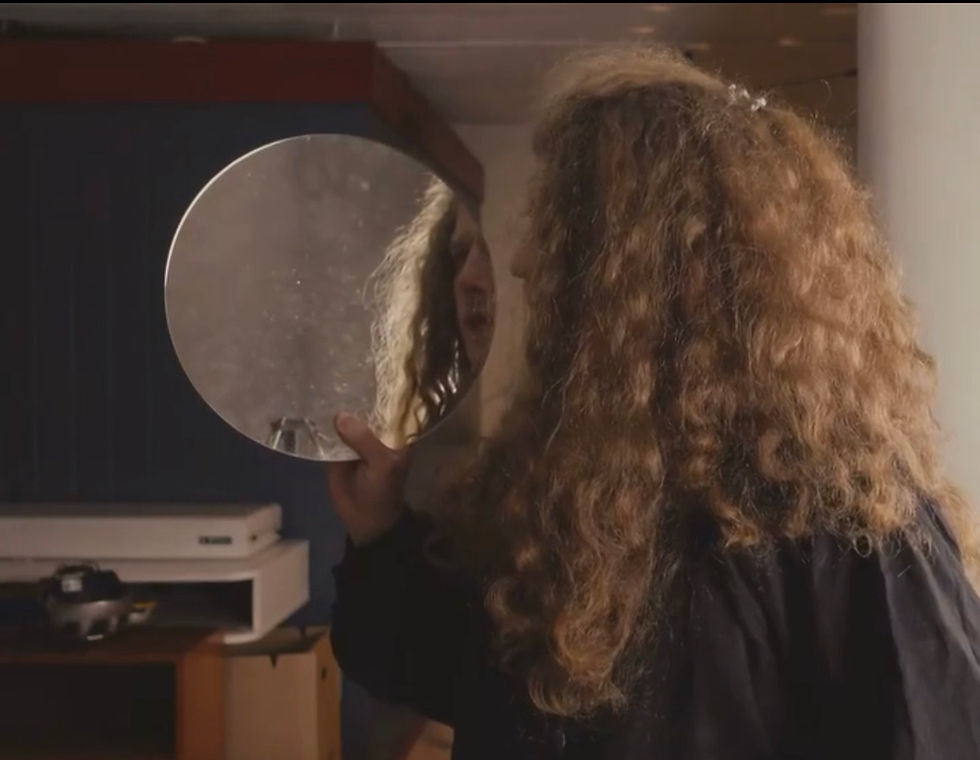1. Use linen instead of cheap cotton canvas - Buy The Linen I Use
You may be using a terrible painting surface which is ultimately to the detriment of your painting.
Without the proper materials you can't possibly build up layers and transparency in the most compelling way.
2. Measure the proportions of your figure
Ideal figures are 8 heads tall
Using the basis of an 8 head tall figure can make it very easy to improve the proportions of a human body.

3. Use a compositional strategy
Considering a simple strategy such as the rule of thirds can quickly make your painting more appealing to look at.
Additionally you can use the golden armature compositional strategy to ensure you have balanced movement and a strong focus.
Learn more about the golden armature compositional strategy on my Patreon

4. Mix your palette before you paint for more precision and harmony
A simple mixture on the palette can make painting go a lot smoother. It’s also easier to paint with higher contrast if that is already mixed on your palette.
Very often the problem when you don’t premix your palette is that the painting will turn dull all around. If your paint is premixed with the proper contrast then you will be forced to use the proper contrast.
5. Be bold and confident
Quickly making direct and confident brushstrokes will usually turn out much better than trying to be extremely careful and precise.
6. Sketch, Draw, THEN Paint
Do the necessary preparation work before starting a painting to ensure that you are ready. This will help you skip a lot of the struggles such as: determining the story, organizing the composition, proportioning the figures etc.
7. Glaze for contrast
Both in value and color
Helps to make the painting feel more unified and can add additional depth
Why Glaze?
8. Varnish
If you’ve finished a painting, one way to quickly bring some life back into it is to varnish.
Varnish is a protective outer layer that also adds a long lasting 'wet' finish
9. Take distance
Taking physical distance can help you to more quickly identify the major problems in your painting.
10. Take a break
Taking a break helps to get fresh eyes. You should not spend the entire day working on one painting. If you do that you will start to go blind and be incapable of seeing what the real problems are.
11. Ask for a critique
A colleague will have a fresher set of eyes and fresh perspective to identify the problems as well as the good things about your painting. Getting a critique can give a lot of insight about the painting that you can’t see yourself because you’ve seen the image so many times.
12. Use a mirror
Using a mirror will make it much easier to identify any of the problems in the painting because the mirrored perspective will be fresh to your eyes.

13. Use a live model
Using a live model can be difficult but it is by far the best way to get lifelike results.
Using a photo is by far the worst.
14. Reference the masters
If you just need a reference or need to check how your painting compares to the gold standard use a masterwork.
You will be able to identify problems in your painting and get ideas about how to change your painting for the better.
15. Use sandpaper to soften and blend
Using sandpaper to soften and blend different areas is a very quick way to loosen up a painting and make it look more alive.
By working in many layers and sanding between layers you will be able to achieve effects that are otherwise impossible.
16. Add impasto to increase the volume and 3d effect
In addition to using sandpaper and scraping down the receding areas, impasto is a great way to create 3 dimensional depth.
Building up thick paint will literally make your painting more 3d.
As the viewer moves around the painting the light will reflect off of that 3-dimensional impasto and will not reflect as much in the areas that you have sanded down.
17. Use big brushes and focus on the essential shapes
One of the most important things in painting is knowing how to simplify the shapes that you see.
Using big brushes is a great practice if you want to achieve likeness while maintaining solid proportions and form.
Larger brushes will force you to only capture the most essential parts of your model.
18. Clean your brushes or use clean brushes
If you’re having problems getting contrast in your painting the problem might be that your brushes are too dirty.
Using clean brushes can help to be more bold, confident, and to use higher contrast.
20. Choose between the eyes and the mouth
This is simple but it can quickly improve your painting.
If the figure in your painting has both the eyes and the mouth open at the same time, then you need to choose one of them to be the focus.
If you leave both the eyes and the mouth open then your viewer will be overwhelmed and won’t be able to find a comfortable focal point.
Choose one. The other needs to be closed or out of focus to the point that it’s blurry.
21. Use proper lighting
Investing in some simple daylight studio softboxes can make a drastic impact on your painting abilities.
Having dull, dingy, yellow house lights will always make your paintings worse.
Instead you want a consistent and bright daylight that you can rely on. Not only will the light remain constant but you will be able to see more of the flaws.
Working in dim lights may hide your flaws while your work on your painting which will lead to a sad realization when you get proper lights on your painting.
Comments